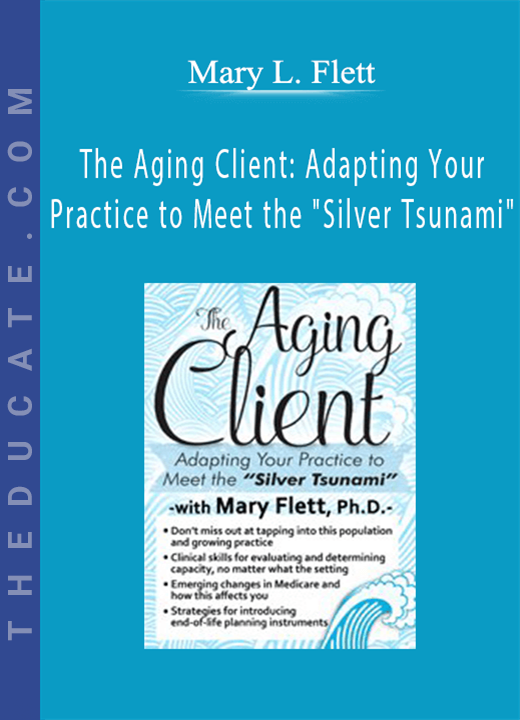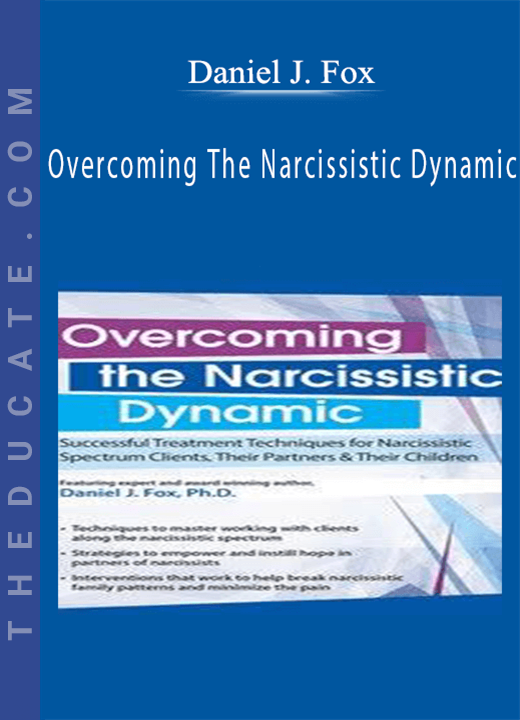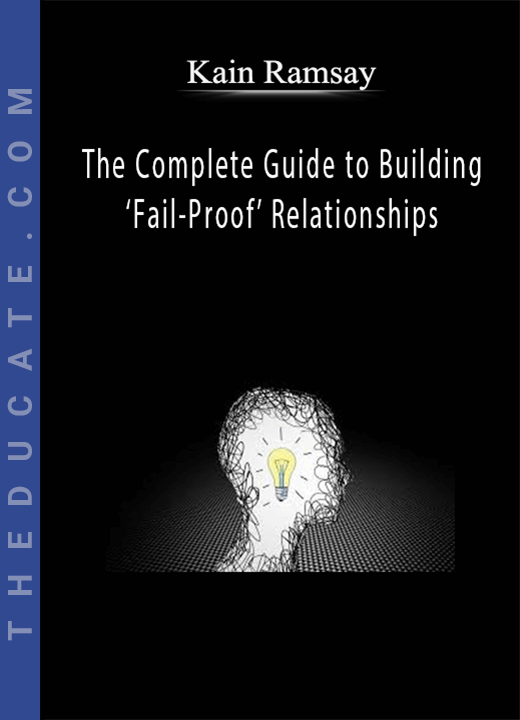Description
The Aging Client: Adapting Your Practice to Meet the “Silver Tsunami” – Mary L. Flett
- Don’t miss out at tapping into this population and growing your practice
- Clinical skills for evaluating and determining capacity, no matter what the setting
- Emerging changes in Medicare and how this affects you
- Strategies for introducing end-of-life planning instruments
Includes 1.0 hour ethics
Adapt your practice to work with this huge flood of baby boomers, the “Silver Tsunami” and get more referrals from practitioners. You are uniquely situated to help this population meet the Medicare/Medicaid requirements in treatment. Learn where behavioral health fits within the continuum of care and grow your practice before it’s too late!
Position yourself as a key partner in achieving the goals set for patient management. Knowing what is required of you, the behavioral health provider, in different settings and developing your skills in working with aging clients will make you an invaluable partner in the changing field of aging.
If you are considering working with aging adults, this seminar will give you a firm foundation to start your work and enter into the expanding market whether it be outpatient, assisted living, skilled nursing, or in-patient. If you are already working with aging adults, you will benefit from honing your skills and learning how to maximize your reimbursements.
Transform your practice as the “Silver Tsunami” stretches the boundaries of healthcare and find your niche in treating older adults.
- Describe the changing landscape of care for older adults, including the patient-centered medical home, outpatient and inpatient treatment, skilled-nursing facilities, and assisted living.
- Compare the ethical and legal requirements for releases of information and documentation of coordination of care.
- Implement clinical skills to evaluate and determine capacity in care settings.
- Discuss end-of-life planning instruments such as durable powers of healthcare, physician- orders for life sustaining treatment (POLST), and assisted suicide.
- Utilize effective forms and systems of communication with primary care, hospitals, skilled nursing and hospice.
- Compare and contrast Medicare/Medicaid billing in different settings.
TREATING THE OLDER ADULT
- In-patient & outpatient settings
- Acute & sub-acute settings
- What is the Patient-Centered Medical Home & why should you care?
NAVIGATING SYSTEMS OF CARE
- Are you a specialist or a generalist?
- Assessing and accessing resources in your community
- Assessing the capacity of your patient and his/her family for managing care needs
CAPACITY & COMPETENCY EVALUATION
- Is it delirium, dementia, or depression?
- Anxiety and its impact on performance
- Medication-induced cognitive impairment
- What is “informed consent” in the cognitively impaired older adult?
TOOLS
- Montreal Cognitive Assessment (MoCA)
- WHODAS 2.0
- Level-1 Symptom Inventory
- Clinician-rated symptoms of psychosis
- Adler Adult ADHD
- Global Deterioration Scale
FAMILY INTERVENTIONS & END OF LIFE PLANNING
- The POLST
- POA for healthcare
- Assisted suicide
- Five questions for eliciting quality of care in end of life
- Working with family members who may be resistant to desires of client
COORDINATION OF CARE
- Who is in charge? Where does behavioral health fit within continuum of care?
- Communicating with treatment providers
- Getting them to communicate with you!
- HIPAA & other limitations of sharing information
DOCUMENTATION
- Difference between “medical necessity” and “clinically significant functional impairment”
- Medicare documentation standards for in-patient and out-patient settings
- Maximizing reimbursement
ETHICAL & LEGAL ISSUES
- Medicare/Medicaid billing
- Confidentiality issues







11 reviews for The Aging Client: Adapting Your Practice to Meet the “Silver Tsunami” – Mary L. Flett
There are no reviews yet.